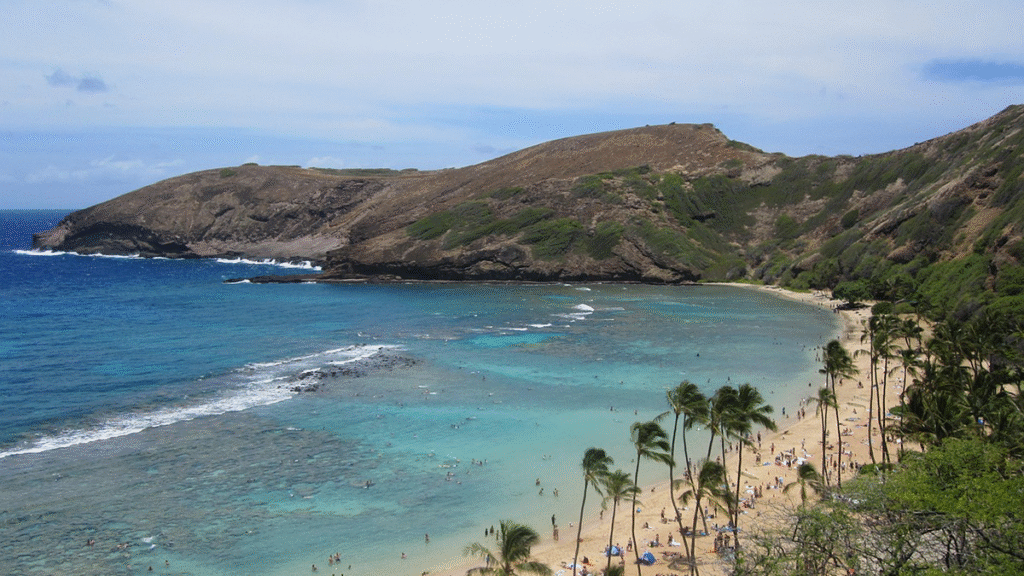
Dreaming of trading your daily commute for ocean breezes, lush landscapes, and the spirit of aloha? Moving to Hawaii is a lifelong dream for many — but making that dream a reality requires thoughtful planning, practical preparation, and an understanding of island life beyond the postcards. Whether you’re seeking a slower pace, new career opportunities, or a fresh start in paradise, this complete guide will help you navigate your relocation with ease and confidence.
1. Understanding Life in the Islands
Hawaii isn’t just another U.S. state — it’s a distinct cultural and geographic world of its own. Each island offers a unique atmosphere:
- Oahu is the most populated, home to Honolulu, with a bustling urban lifestyle and a mix of city and surf.
- Maui offers a more laid-back vibe with luxury touches, ideal for those seeking balance between community and comfort.
- Kauai, the “Garden Isle,” is perfect for nature lovers who crave peace and privacy.
- The Big Island (Hawaii Island) offers diverse climates, from rainforests to lava fields, and tends to be more affordable.
Understanding the differences between islands helps you choose the one that matches your lifestyle. Take a trip first if possible — spend time exploring neighborhoods, meeting locals, and feeling out the rhythm of daily life.
2. The Cost of Paradise
It’s no secret: living in Hawaii can be expensive. Everything from groceries to gas often costs more due to shipping expenses. Housing prices are also higher than the national average, particularly on Oahu and Maui.
Before you move, evaluate your budget and income stability. Consider factors like:
- Housing costs: Rent or mortgage payments can consume a significant portion of your income.
- Utilities: Electricity rates are among the highest in the U.S.
- Groceries and dining: Expect to pay 30–50% more for most items.
To offset costs, many residents adopt an island-friendly lifestyle — shopping at local farmers’ markets, growing their own produce, and conserving energy. Embracing these habits not only saves money but also deepens your connection to the local community.
3. Employment and Remote Work
If you’re not already employed in Hawaii, securing a job before relocating is wise. The state’s economy thrives in tourism, healthcare, education, and construction. However, opportunities can be limited in certain fields.
For many newcomers, remote work is the ideal solution. With reliable internet access across most islands, digital nomads can live in paradise while maintaining mainland income. Just be mindful of the time difference — Hawaii is two to five hours behind the continental U.S., depending on the season.
4. Finding a Home
Finding housing in Hawaii requires patience and flexibility. The demand for rental properties is high, so start your search early. Online platforms like Craigslist and local Facebook groups can help, but always verify listings in person to avoid scams.
If you’re buying property, consider working with a local real estate agent familiar with island-specific issues like volcanic zones, flood risks, and leasehold land (where you buy the home but lease the land).
It’s also wise to rent before buying. Living in Hawaii for six months to a year helps you better understand the nuances of different neighborhoods and climates.
5. Adjusting to Island Life
Relocating to Hawaii means adapting to a new pace — the “island time” mentality. Things move slower, and patience becomes an essential virtue.
Embrace local customs and traditions with respect. Learn about the concept of ohana (family) and malama ‘aina (caring for the land). Participate in community events, volunteer for local causes, and support Hawaiian-owned businesses. Building genuine relationships goes a long way toward feeling at home.
It’s also important to prepare for environmental differences. The tropical climate can be humid, and the trade winds may bring occasional storms. Proper home maintenance and emergency readiness are part of responsible island living.
6. Shipping and Transportation
Relocating your belongings — or even your vehicle — to the islands takes careful planning. Shipping to Hawaii from the mainland is typically handled by specialized transport companies that move household goods and cars via container ships. While convenient, the process can be costly, so it’s wise to evaluate what’s truly essential to bring along. Many new residents choose to downsize before their move to save on expenses and simplify the transition.
After arriving, your transportation needs will depend on where you settle. Outside of Honolulu, owning a car is almost a necessity for getting around comfortably. In more urban areas, however, public transit options like TheBus — one of the country’s best-rated systems — along with biking, walking, and rideshare services, make it easy to navigate without a personal vehicle.
7. Settling Into Paradise
The transition to island living can take time, but once you settle in, Hawaii’s magic begins to unfold. Mornings start with ocean views, weekends are filled with hikes or beach outings, and the aloha spirit infuses daily life with warmth and gratitude.
Relocating to Hawaii isn’t just a move — it’s a lifestyle transformation. It challenges you to simplify, slow down, and connect more deeply with the world around you. With mindful preparation and an open heart, you’ll find that paradise isn’t just a place you move to — it’s a way of living you embrace.
Final Thought
Moving to Hawaii may come with its challenges, but the rewards — natural beauty, cultural richness, and a sense of peace found nowhere else — make every effort worthwhile. If you’re ready to call paradise home, take the leap and start your island adventure today.